Martin Scorsese makes the kind of film that makes you want to reflect on it and introspect about it for a long time after watching the film. I have read multiple interpretations of the ending of Taxi Driver or The Irishman and have always found them to make sense, one way or the other.
Scorsese is undoubtedly one of the greatest filmmakers of all time, and his work has always been reflective in the sense that it makes you question yourself. However, in the last decade, his work has been increasingly painful and introspective at the time.
Like all his other films, Killers of the Flower Moon delves Scorsese’s own ideologies about filmmaking. The ending of Killers of the Flower Moon is his boldest ending yet. I call it ‘bold’, because it takes a great deal of courage to question the idea of telling stories when you are a filmmaker yourself.
Throughout the film, Scorsese drops hints about what we’re getting ourselves into. He urges us to think about who should be allowed to narrate a story about the tragedies in other’s lives. Killers of the Flower Moon questions the art of telling stories. It ponders upon the question of whether we at all have the right to tell the story of other people’s tragedies.
As the director approaches the last years of his life, he is trying to be much more honest with his work, which reflects beautifully in the ending of Killers of the Flower Moon. The film, based on David Grant’s non-fiction of the same name, deals with the Osage murders that took place in Oklahoma in the 1920s.
The members of the Osage Nation were known for their oil wealth. In order to steal their immense wealth, William Hale gets his nephew, Ernest Burkhart, married to an Osage woman, Mollie Kyle. The events that follow form the crux of the film.
1. The Killers of the Flower Moon Ending Explained
In the end, Ernest Burkhart admits in court that he poisoned his wife and testified against his uncle, William. William and Ernest’s elder brother, Byron, go to jail for their crimes.
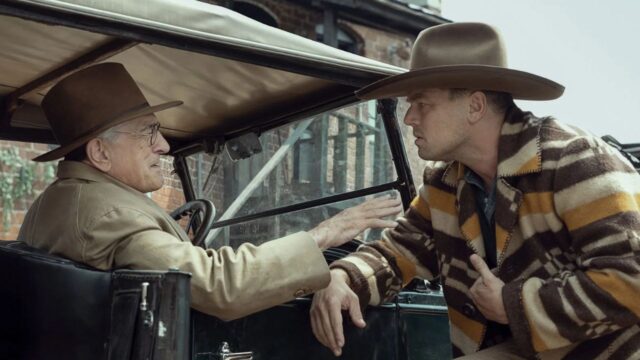
Later, Mollie asks Ernest if he has been completely honest with her. Ernest lies to her and says he has. Mollie realizes he is lying and leaves.
Killers of the Flower Moon could have ended here, and it would still be a perfectly well-made film. But Scorsese does not end the film here but raises an important question about whether or not we, as storytellers, have the right to turn other people’s tragedies into forms of entertainment.
The last scene in the film is set in an old-time radio station where white men tell the story of the Osage murders like it is funny. The audience, too, comprises only white men. The scene reveals a lot of things that happened (even in reality) after William went to prison.
Willian Hale eventually got out of prison and lived until he was 87. Ernest and Byron were also bailed out before the end of their sentences and lived in the Osage country for the rest of their lives. Mollie died at a later stage because of her diabetes.
Scorsese often makes a special appearance in his own films, and Killers of the Flower Moon is no different. The man behind the camera himself comes to the microphone at the radio station and delivers Mollie’s eulogy.
We find out that Mollie was buried with her family and everyone conveniently forgot about the Osage murders as such incidents clearly do not bother the ‘racially superior’ community of white men. The Osage murders were never mentioned in any newspapers or among people after her death.
The final scene of the film is a slow zoom-out sequence where we see the Osage people dancing around happily. It is ironic, given the amount of bloodshed that took place in those very lands.
2. What does the final scene in Killers of the Flower Moon mean?
The ending of Killers of the Flower Moon is a classic example of why Martin Scorsese is the most important filmmaker of today. The last scene shows how easy it is for us to turn a real-life tragedy into entertainment.
We make films out of tragedies, we enjoy watching serial killers murdering innocent people, and we analyze and criticize films made out of the tragic lives of others. Scorsese urges us to introspect whether or not we have the right to be entertained at the cost of such tragedies.
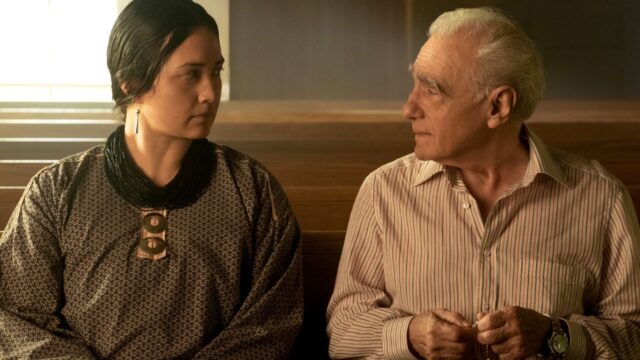
I mentioned previously that Killers of the Flower Moon is Scorsese’s boldest work yet. It is because he has the guts to bring this up as a filmmaker, especially since much of his earlier work focused on bad people doing bad deeds. To question one’s one art and pointing a finger at his own profession is a brave thing to do, especially in the end of a prosperous career.
Watching evil do more harm to society has always been one of the most entertaining genres in cinema, and most films (including Scorsese’s own) have focused largely on the bad deeds, not on collateral damage. But in this film, Scorsese points the finger at us, his audience, and towards himself and shows us how we have tokenized the suffering of these people.
As Scorsese appears on screen to deliver Mollie’s eulogy, he reminds us that we will conveniently forget the fact that this is a real-life story. The Osage people existed, and everything we were entertained by through the medium of cinema actually happened to them.
He also rightly criticizes the way even a sympathetic radio broadcast is designed in a way to mock the voices of these indigenous people and to use them to entertain a predominantly white crowd. Through the final scene in the film, Scorsese urges us to remember this aspect of history that has been conveniently forgotten by society.
It is also beautiful how Scorsese ends the film with a scene featuring the Osage people. Even if the last voice we hear is that of the man himself, the story is that of the Osage people.
The irony of the final scene is how Scorsese conveys his message through the medium of entertainment itself. Being a man who earned a name and living through cinema and is widely celebrated as one of the best filmmakers of all time, it is important how he delivers this statement through the most powerful medium of all time.
He gives us the details of the crimes and entertains us as we see the thrilling story of how the Osage murders took place. But in the end, we are reminded that William, Byron and Ernest got away with it. He reminds us to be mindful of the way we tokenize the sorrows of the unheard and do better as storytellers and viewers.
3. About Killers of the Flower Moon
Killers of the Flower Moon is a 2023 American epic revisionist Western crime drama film directed and produced by Martin Scorsese, who co-wrote the screenplay with Eric Roth, based on the 2017 book of the same name by David Grann.
Its plot centres on a series of Oklahoma murders in the Osage Nation during the 1920s, committed after oil was discovered on tribal land. Leonardo DiCaprio, Robert De Niro, and Lily Gladstone lead an ensemble cast that includes Jesse Plemons, Tantoo Cardinal, John Lithgow, and Brendan Fraser.
It is the sixth feature film collaboration between Scorsese and DiCaprio and the tenth between Scorsese and De Niro and the eleventh and final collaboration between Scorsese and his musical partner, Robbie Robertson, who passed away two months before the film’s release; the film is dedicated to Robertson.

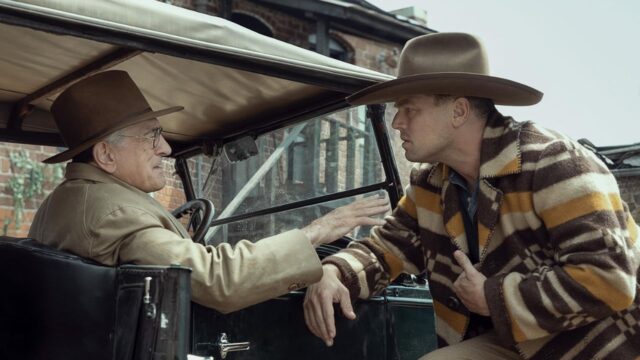
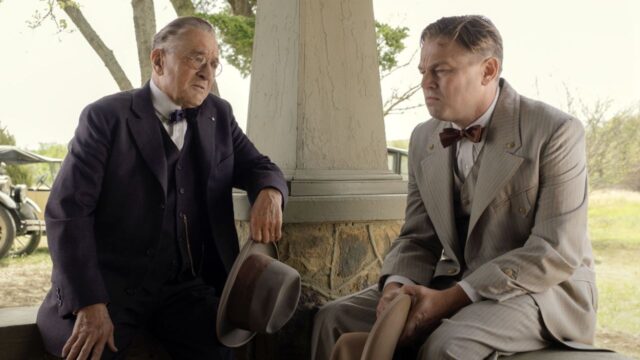
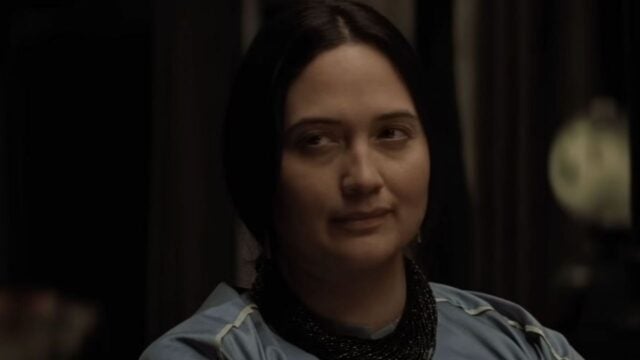
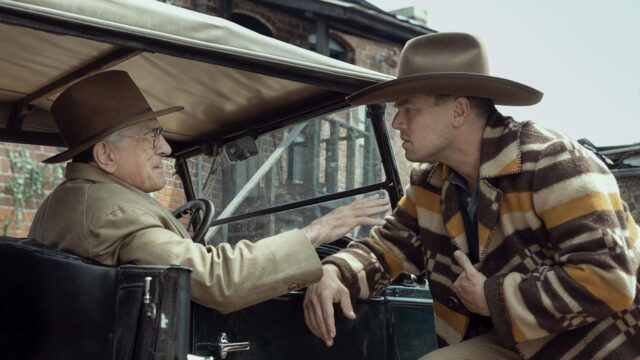

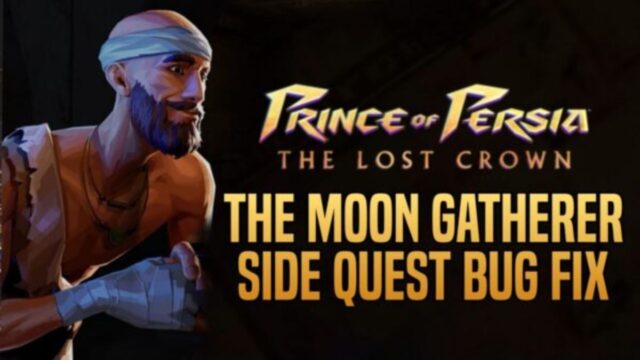

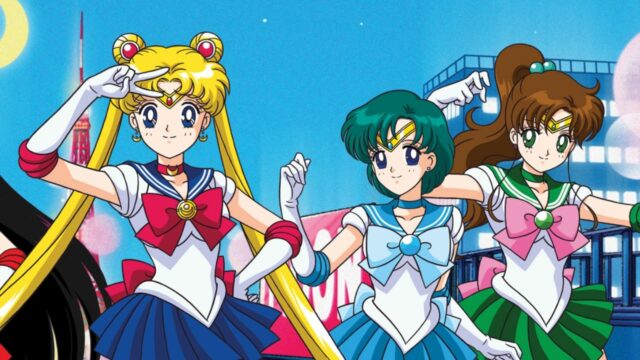
No Comments on The Ending of Killers of the Flower Moon is Scorsese’s Boldest Take Yet